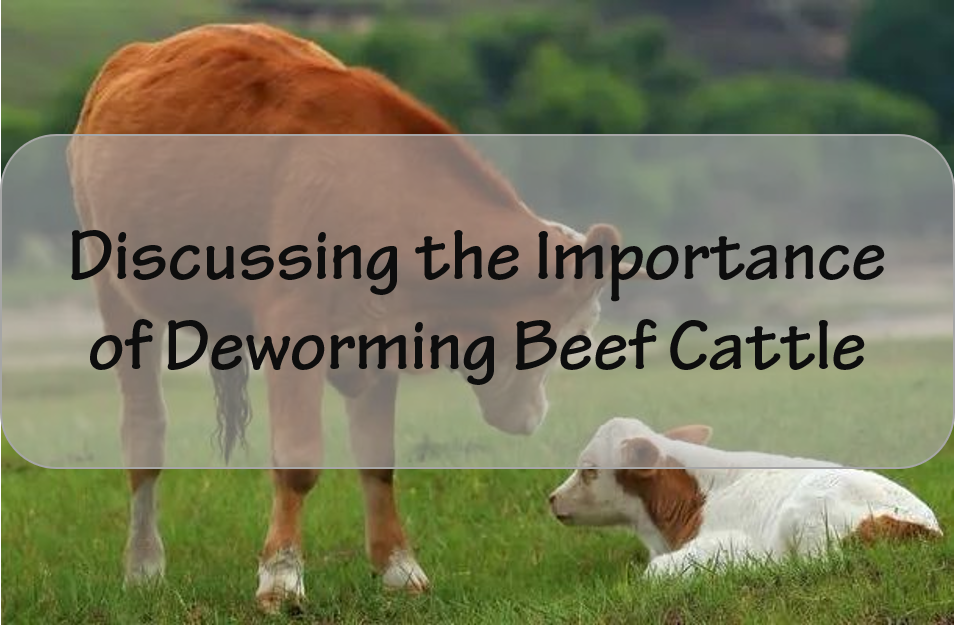|
How TFFS Works? Normal epithelial repair requires RESTITUTION and REGENERATION. .Occurring before regeneration,restitution is sufficient to restore mucosal continuity over broad areas of damage within hours.restitution is the crucial step in mucosal repair. During restitution, epithelial cells spread and migrate across the BASEMENT MEMBRANE to re-establish surface-cell continuity, a process that is independent of cell proliferation (FIG. 1). A localized injury (a) to mucosal epithelial cells lying on a basement membrane causes cell detachment and death (b), leaving an epithelial defect and exposing matrix elements. There is rapid expression and release of agents that speed repair (motogens; M) from adjacent mucosal cells and from matrix (c), followed by spreading and migration of surviving epithelial cells (d), which is accompanied by mechanisms that prevent detachment-induced cell death (see below). Restoration of epithelial continuity (e) is supplemented by restoration of barrier function as junctional elements between cells and their matrix reform. (FIG. 1) (1)
TLR2 ligands, such as synthetic Pam3CysSK4 (PCSK), stimulates TFF3 secretion from goblet cells, and TFF3 can interact with LINGO2 to enhance EGFR signaling and subsequently promote epithelial cell migration to achieve wound healing. Furthermore, TFF3 suppressed intestinal inflammation via PAR-2 and TLR4/NF-κB signaling. (FIG. 2)(2) Figure2. Protection of TFF3 against Gastrointestinal Epithelial Injury Abbreviations: ERK, extracellular signal-related kinase; PI3K, phosphatidylinositol 3-kinase; TFF3 rapid responds to injury, and it can reduce intestinal epithelial permeability by regulating tight junctions (FIG.2), an effect that can be attenuated by inhibition of the PI3K/AKT signaling pathway. In addition, the process of restitution requires TFF3 to act as a motogen, by promoting epithelial cell elongation and migration to cover the exfoliated surface.Studies have shown that TFF3 treatment enhances the collective migration of IEC-18 cells and forms continuous sheets of migrating cells to ensure precise coverage of the re-populated area. It is suggested that TFF3 may promote intestinal mucosal reconstitution through crosstalk between ERK and JAK/signal transducer and activator of transcription (STAT3) pathways.(2)
As a mixed ligand, TFF3 can activate multiple signaling pathways including MAPK, NF-κB, PI3K, STAT3, mTOR, and HIF-1αto repair damaged mucosa, regulate glucose and lipid metabolism; and produce anti-neuroinflammatory, antidepressant, and anti-drug-addictive properties.(2) TFFs and Cell Migration Several studies support the involvement of TFF peptides in cell migration, most deriving from the response of a damaged epithelium attempting to restore epithelial continuity. In the simplest models, where no cell proliferation is needed to restore a small breach in the epithelium, the epithelial restitution occurs rapidly following injury and coordinates the removal of damaged cells and the migration of healthy epithelial cells into the breach. (FIG. 3)(3) Figure 3 Candidate TFF pathways in epithelial repair Abbreviations: CXCR, C-X-C chemokine receptor; EGFR, epidermal growth factor receptor; In response to acute epithelial injury, neighboring healthy epithelial cells start to rapidly migrate toward the damaged site, resulting in force to extrude injured cells and simultaneously cover the denuded area. TFF peptides, mucus, and cellular debris form a mucoid cap to cover the injured area to protect against further injury and potentially partake in promoting recovery directly. TFF peptides facilitate GI epithelial restitution by stimulating cell migration and inhibiting apoptosis of the migrating cells. The motogenic effect of TFF peptides can be mediated (directly or indirectly) by EGFR, CXCRs, or other receptors. This is followed by the stimulation of the Rho-family GTPase to promote cell migration by altering the cytoskeleton and tight junctions as well as cell adhesions. Either upstream or downstream of the above signaling cascades, TFF peptides can also stimulate calcium mobilization resulting in enhanced cell migration. TFF peptides may directly or indirectly affect the NHE2 exchanger, as NHE2 activity is crucial for TFF-driven cell migration (at least in the stomach). (3) 1. Douglas Taupin and Daniel K. Podolsky,TREFOIL FACTORS: INITIATORS OF MUCOSAL HEALING, Nature Reviews Molecular Cell Biology · October 2003 2. Yiqi Yang, Ziyang Lin, Quanyou Lin, Weijian Bei & Jiao Guo,Pathological and therapeutic roles of bioactive peptide trefoil factor 3 in diverse diseases: recent progress and perspective,Cell Death & Disease volume 13, Article number: 62 (2022). 3. Eitaro Aihara, Kristen A. Engevik, and Marshall H. Montrose,Trefoil Factor Peptides and Gastrointestinal Function,Annu Rev Physiol. 2017 Feb 10; 79: 357–380., |
 Cattle and Sheep 100 Questions Ⅳ
Cattle and Sheep 100 Questions Ⅳ
 Discussing the Importance of Deworming Beef Cattle
Discussing the Importance of Deworming Beef Cattle
 In broiler chicken breeding, if this disease cannot be prevented, sporadic deaths will continue until they are out!
In broiler chicken breeding, if this disease cannot be prevented, sporadic deaths will continue until they are out!
 Cattle and Sheep 100 Questions Ⅱ
Cattle and Sheep 100 Questions Ⅱ